Best free music apps 2025: free ways to stream music on Android and iPhone
Tonnes of tunes without forking out a penny
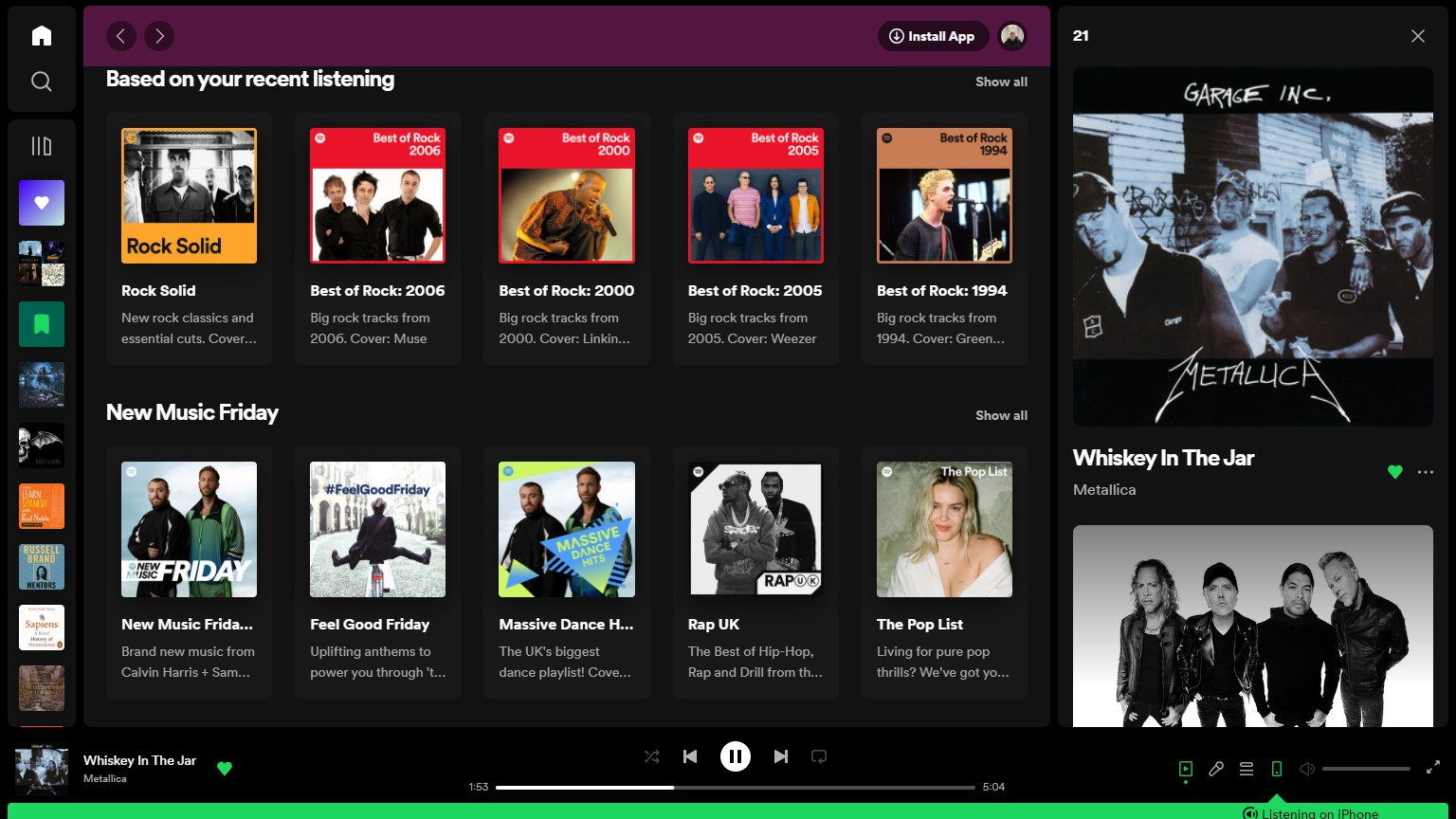
Despite a revival in physical media, most of us still use music streaming services when we want our music fix. According to the British Phonographic Industry, streaming now makes up nearly 90 per cent of total listener consumption, and while the likes of vinyl and other physical forms of media continue to enjoy a resurgence, streaming is by far the most popular way to listen to music for most users.
Streaming is not, however, quite the cost-effective alternative to CDs and records that it used to be. Most platforms operate on a subscription basis, charging monthly rates for access to their large music libraries, with tiers available for different audio qualities and/or multiple-user access, but the costs of services such as Spotify and Amazon Music are rising all the time.
That's where free music apps come in, with many platforms offering millions of songs (or radio stations and podcasts) at no cost.
While the proliferation of music streaming apps has provided users with greater choice, distinguishing between them can be tough. Spotify is currently the free music top dog, but it's far from the only service around, or the only one to offer an unpaid tier. Each free platform we've tried and tested below offers a variety of catalogues, features and focuses – and we're here to help you find the best option for you.
Read more about our testing process here, or carry on scrolling to see the best free streaming platforms for music, radio, new tracks or even music videos.
Recent updates
March 3rd: We've reworded our intro and main copy to make it clearer, more up-to-date and more informative for the reader.
The quick list
You can see a quick breakdown of all the free streaming services on this list with a summary of what they’re best at and why we think they’re worth checking out. If you need more detail, just click the photo of a product to go to the in-depth entry.

There's a good reason that Spotify is the biggest streaming service around: it's comprehensive, easy to use and very accessible.
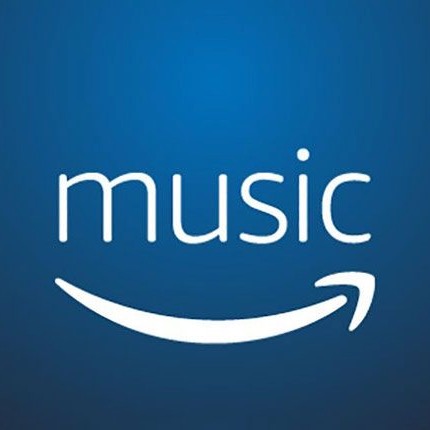
If you're already a Prime member, the free version of Amazon Music makes a lot of financial sense.

The recently overhauled French streaming service offers a vast catalogue of tracks, many of which can be accessed for free without too much impediment.

If music videos are your thing, you can't go wrong with YouTube Music's combination of streaming tracks and video content.

Radio is an underrated medium in this age of digital streaming, so check out TuneIn for a raft of great shows, news channels and podcasts, all for free.
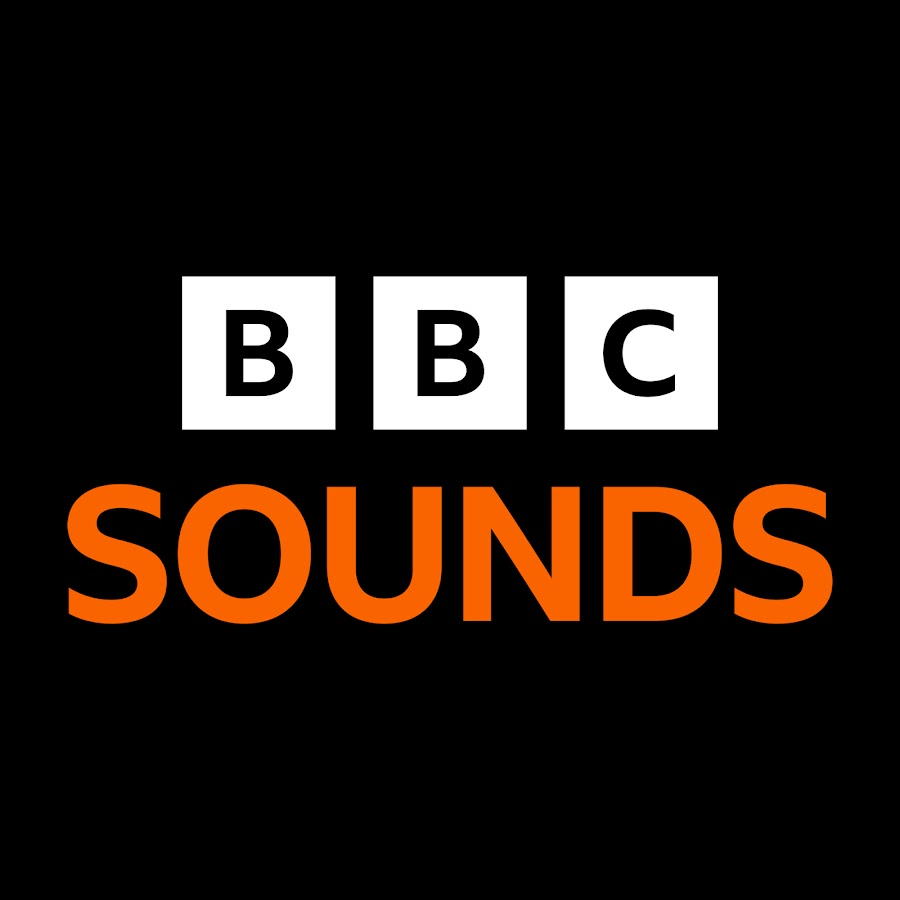
BBC Sounds has a wealth of diverse and high-quality content, including comprehensive live radio streaming, fantastic podcasts and superb sports coverage.
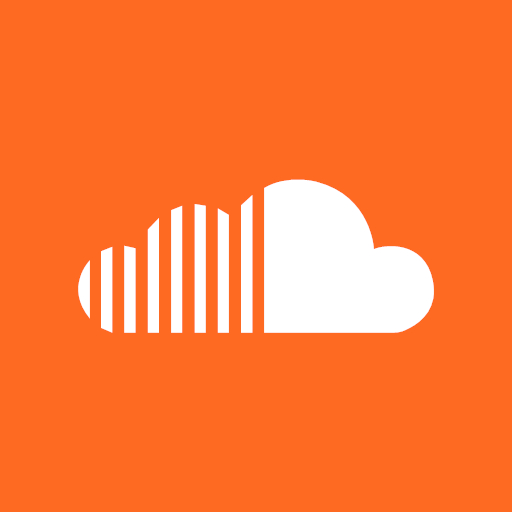
Anyone looking to discover emerging talent should head over to Soundcloud. The amount of content to discover is vast, and you're never too far away from a great unsigned gem.
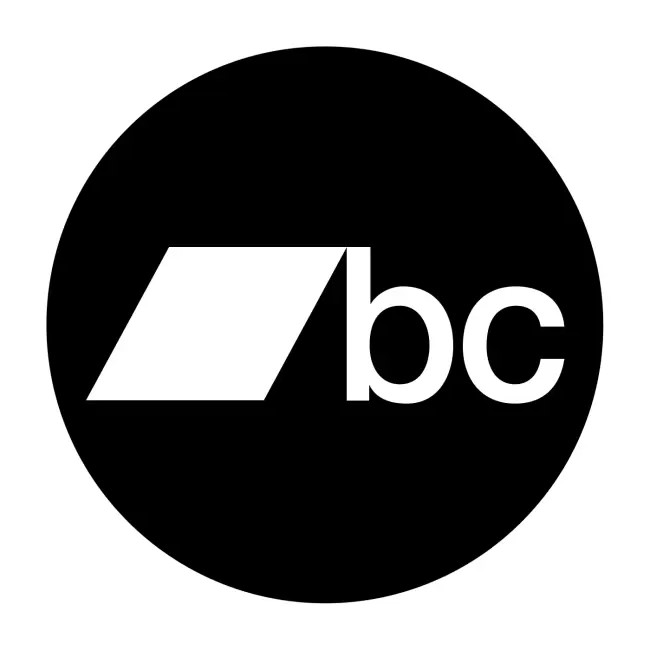
Online music store Bandcamp has a great user interface, gives a big chunk of its profits to artists, and lets you stream your downloaded music and trial tracks, too.

I'm a senior staff writer who, like almost every member of my generation, grew up listening to streaming platforms in all their myriad forms. We use Tidal as our streaming platform of choice here at What Hi-Fi?, but I've had extensive personal experience with Spotify, Amazon Music, YouTube Music, BBC Sounds and even Deezer, so practically everything written below comes from a first-hand perspective. Below, I've catalogued all of the best free apps available and then broken down the facets which make them suitable, or indeed unsuitable, for your specific user needs.
The best free streaming services in 2025
Why you can trust What Hi-Fi?
Below, you'll find our picks of the best free music services available. Every platform has been tested by our team of experts to ensure it delivers exactly what you need, so you can trust our buying advice.
Best free music app overall





Specifications
Reasons to buy
Reasons to avoid
The best-known free streaming service is also one of the finest– and certainly one of the most sociable. You will have to put up with irksome ads if you don't want to pay and you'll also have to listen to most playlists on shuffle mode rather than being able to pick the specific track that you want to hear at a given moment, but there's still plenty to like: decent sound quality, over 100 million songs, offline listening, bags of podcasts, audiobooks, new features arriving daily and compatibility with almost any device imaginable.
It's not the easiest to get the hang of as a novice, but once you're in, Spotify's user interface is actually rather solid, and certainly provides you with access to the platform's broad plethora of abilities without too much fuss. If you want free music streaming, Spotify will probably be your first port of call. The sound quality is decent, although paying more for a proper hi-res service such as Tidal, Apple Music or Tidal is where you'll need to head if you're a stickler for sound quality. It's certainly the way to go if you want a comprehensive, do-it-all service.
If you do want to pay, prices have risen significantly in the last few years, meaning you'll now be charged from £12/$12/AU$17 for a standard Premium account, although other options, such as Family and Student Plans, are also available.
Read our full Spotify review
Best free music app for Prime users




Specifications
Reasons to buy
Reasons to avoid
You might not know it, but if you have Amazon Prime then you can access Amazon's entry-level music streaming service right now. That's right, as well as free one-day delivery and Amazon Prime Video, Amazon Prime entitles you to Amazon Music, which gives you over two million songs to stream on-demand at no additional cost. And the best bit? They're ad-free.
As you would expect, the selection is pretty mainstream, and the sound quality isn't going to blow you away, but Prime customers can't really complain. And if you're not happy, you can always step up to Amazon Music Unlimited, which costs £12/$12 (or £11/$11 with Prime) a month and now includes HD, its hi-res tier, for no extra cost. The quality of the free tier is fine, but users wanting decent hi-res support should consider that HD tier to get the most out of their music.
There is, we would point out, also a tier titled Amazon Music Free which doesn't require a Prime Membership but does give you access to music, podcasts, curated playlists and stations, although you'll have to contend with ads and a lack of offline playback.
Read our full Amazon Music review
Best free music app for versatility



Specifications
Reasons to buy
Reasons to avoid
Deezer is usually seen as the 'other' service when compared with the more mainstream quadrumvirate of Spotify, Tidal, Apple Music and Amazon Music, but that's not necessarily a reason to unthinkingly skip over it. It isn't currently at the level of its rivals, but it is notable for being one of the first music streaming services around, as well as one of the earliest adopters of 360 Reality Audio.
Deezer's free tier means you have to suffer ads, and the track quality is only 128kbps. The mobile app for this tier is also a little limited, though no more so than any of its rivals. However, when it comes to what to listen to, there's masses of choice (an impressive 90m-strong catalogue), and the layout is pleasingly simple to navigate. There are also heaps of podcasts and other non-music content to get your ears into, making Deezer a strong choice for anyone looking beyond just music.
The Deezer you think you know might not actually be how the service is these days. Recently, the French platform enjoyed a massive redesign and rebranding, revamping the layout and altering the brand's identity with a bold purple colour scheme and brand new logo. We haven't had much time to play around with the new iteration, but initial reactions from both customers and critics seem to have been positive, and we're certainly keen on the endless curated "Flow" playlist feature. Watch this space for our updated review and impressions in due course.
If you do sign up for the paid Deezer Premium service, you can enjoy FLAC 16-bit CD quality audio, but you'll have to pay £12/month ($12 / AU$14) for a Premium plan account. If you're going unpaid, simply subscribe to Deezer Free to listen with ads and a slightly more restricted service.
Read our full Deezer review
Best free music app for videos


Specifications
Reasons to buy
Reasons to avoid
Yes, it's strange to think, but YouTube isn't just for videos. Launched back in 2015, YouTube Music is the video-sharing site's attempt to take on Spotify et al. for the music streaming crown, and just like Spotify, it too offers a free tier. Sure, there are adverts as you would expect, but not as many as you might fear from a platform that for a time became the only reason half of us installed ad-blockers on our internet browsers.
Extras such as downloading for offline listening are pay-only (non-students will pay around £12/$14/AU$15 a month with YouTube Premium), so you're limited to streaming the service's selection, but there's a considerable catalogue to choose from, the layout is nice and clean, and its selection of music videos is, of course, unrivalled.
We've found the sound quality to be hit-and-miss with our experience of YouTube Music, but if you love music videos, it's definitely one to check out.
Read our full YouTube Music review

Eagle-eyed readers will have noticed that there are two major omissions from this list: Tidal and Apple Music. As we explain in our FAQ section below, Tidal no longer offers a free tier in the UK or US, although you can get a 30-day free trial as a new member. Apple Music doesn't offer a free plan either, but you can get decent deals on the platform when you buy other Apple-made products. New subscribers get six months complimentary when buying eligible HomePod, Beats or AirPods, for instance, and there's a free one-month trial for new users regardless of any external purchase.
Best free music app for global radio


5. TuneIn Radio
Specifications
Reasons to buy
Reasons to avoid
If you're looking for something a bit different, TuneIn Radio might be a little more up your street. This isn't a pure music streaming service – rather the focus is on radio stations, so think of it as getting your music fix that way, as well as all of the appeal that comes from the traditional radio format.
TuneIn offers a range of stations, including BBC Radio, NPR, All India Radio and C-SPAN, as well as news from the likes of CNN and Fox News and a host of podcasts. There are even local and genre-specific radio stations to choose from, so there should be something for everyone.
For those who want to pay full price, TuneIn will offer (on top of its free content) access to more than 100K ad-free audiobooks, comprehensive radio sport coverage and a further 100+ commercial-free music stations.
Featuring a wide choice of radio apps, this is the best we've come across for services of its kind.
Best free music app for podcasts



6. BBC Sounds
Specifications
Reasons to buy
Reasons to avoid
BBC Sounds took the place of the Beeb's iPlayer Radio app, a decision that feels utterly vindicated. As well as the usual BBC radio stations (Radio 1, Radio 4, 1Xtra, etc.) which you can listen to live or on-demand, it brings together all sorts of podcasts, music mixes, live sets and more. There are hundreds of podcasts, loads of exclusive content, even free audiobooks, not to mention curated playlists, TV soundtracks and more. History, comedy, science, sport; there's a vast array of high-quality content just waiting to be discovered, free for anyone to use, anytime.
You can search by genre, and then download and listen on-the-go, as well as being able to continue listening where you left off on another device. The app has experienced some teething issues and will occasionally bug out on you, but the platform as a whole has blossomed into a suitably rich and slick home for the BBC's excellent audio output. As the kids say, don't sleep on BBC Sounds.
Best free music app for new music



7. SoundCloud
Specifications
Reasons to buy
Reasons to avoid
SoundCloud is known as the home of emerging artists, so if you want to check out new acts and predict which bands are going to make it big, this is the place to do it. Post Malone and Lizzo started their respective careers on SoundCloud, so you can very much take that however you see fit. The free tier offers over 120 million tracks, mixes, podcasts and more, though we can't vouch for the quality of each (that's the trouble with 'up-and-coming' artists).
The upside is you can connect with friends and even the artists directly on the platform, make playlists, and get curated tracklists based on your taste. The downside is that, like many free services, you do have to put up with adverts.
SoundCloud is more of an alternative choice, but there's obviously nothing stopping you from using it as a place to discover offbeat offerings while also making use of a more traditional service as you do so. Still, if you are truly tired of the mainstream, perhaps it's time to take a trip to SoundCloud.
Best free music app for indie music




8. Bandcamp
Specifications
Reasons to buy
Reasons to avoid
Bandcamp is best known as an online music store where you can support artists directly (especially those on independent labels), but did you know it also has a music streaming aspect? Built into its app is a player that lets you stream all of the music you have bought and downloaded. It’s not just your own music you can play; it’s a great way of trialling new music and discovering bands you’ve never heard of but want to sample before buying.
Bandcamp has a terrific, dynamic interface that lets you drill down to specific genres and/or formats to find what exactly you’re after, or you can simply scroll the feed and see what takes your fancy. When playing music you’ve bought, you have unlimited plays and can download them to listen offline. Bear in mind that if you’ve bought an album in FLAC or WAV quality, the streaming quality is lowered to 128kbps or MP3 V0 (variable, around 250kbps when listening over wi-fi, says Bandcamp). If you are trialling music (which you can do on the website too), you get three plays for free before it prompts you to buy.
The app itself is entirely free and it’s great to browse and trial new music before taking the plunge to buy a digital album, a CD, a vinyl record or even a cassette. It won’t trouble the big boys for streaming, but it’s worth noting that when you buy music on Bandcamp, an average of 82 per cent of the money goes directly to the artist or label – this rises to around 95 per cent during initiatives like Bandcamp Fridays, where Bandcamp waives its revenue shares and fees.
Many artists also let you choose how much you want to pay for an album, and you can buy merch, too. It’s a terrific way of buying directly from artists and supporting them, and the excellent interface and trialling options make browsing Bandcamp more akin to browsing through your local record store, with a new record purchase or artist discovery at the end of the session. With many big-name streaming services putting up prices but perhaps failing to properly remunerate their artists, Bandcamp is a great way of giving something back (while getting quite a while you're at it).
How to choose the best free music app for you
Most major music streaming services have a free tier, barring Tidal (unless you're lucky enough to live in the US), Qobuz and Apple Music, and while free services inevitably include adverts and have more limited functionality and audio quality than their paid-for stablemates, they're still pretty tempting.
Keep your ear to the ground and you'll often find one, two, three, or even six-month free (or almost free) deals on certain streaming service's paid-for tiers too, to try the sonic goods before you buy. Just remember when your trial starts and finishes, as most will automatically renew and become paid memberships once they end, rather than simply terminating automatically and leaving you back where you started.
We would always nudge you towards better quality streams (for which you'll pay a fee), but if you're only an occasional listener (or on a very strict budget), free music streaming services also make more sense than paying for something you barely use.
How we test free music apps
We have state-of-the-art testing facilities in London and Reading, where our team of experienced, in-house reviewers test the majority of hi-fi and AV kit that passes through our door.
Of course, where streaming services are concerned, a dedicated listening facility isn't always necessary, as you need just a laptop or a smartphone. However, we make sure to test each streaming platform with a variety of speakers and headphones, and them using across iOS, Android and desktop apps. What is important in our reviewing process is that each service is compared to the best in its price and class. What Hi-Fi? is all about comparative testing, so we keep our Award-winners nearby to enable unbiased comparisons between new services and ones we know to have performed highly in the category.
We are always impartial and do our best to make sure we're hearing every proposition at its very best, so we'll try plenty of different types of music and give each service extensive listening time. It's not just about sound quality, of course. If a service has unique and noteworthy features (including smart skills, playlist curation or the option to tip your favourite acts) we'll ensure part of our testing involves trialling the claims made by the platform.
All review verdicts are agreed upon by the entire team, rather than an individual reviewer, to eliminate any personal preference and to make sure we're being as thorough as possible. There's no input from PR companies or our sales team when it comes to the verdicts or star ratings in our reviews.
FAQ
Didn't Tidal used to have a free tier?
Yes it did - for American users. Sadly, it's been scrapped.
Per Tidal.com, starting April 10th, users who were using Tidal's Free tier will need to switch to a paid subscription at $11 a month. That won't happen automatically, so if you're enjoying Tidal for free in the US, you won't be hit with an unexpected bill when April rolls around. Instead, your Tidal access will be paused until you switch to a paid plan.
Speaking of which, there is some good news for Tidal lovers. As part of a push to simplify its subscription tiers, Tidal won't be keeping its high-res, lossless and spatial audio content locked behind a £20/$20-per-month “HiFi Plus” paywall. Instead, this will all be moved into a single individual user plan charged at £11/$11 per month. Student and Family plans are still available at £5/$5 and £17/$17 a month respectively.
So can you still access Tidal for free? If you're a new user, you can enjoy a 30-day trial of any Tidal plan of your choosing. Anyone who signs up until April 10th will be billed for the price of their chosen plan when their trial ends.
Should I just go ahead and pay for a music service?
What you'll probably be asking yourself after reading the above article is whether you should bite the bullet and make a full investment in a paid version of one of the services above (or one we haven't listed here, such as Apple Music or Tidal).
Unquestionably, the experience you'll receive from a paid subscription is significantly better than any free version. Free Spotify may be enjoyable for a time, but many people eventually get sick of the lack of control and ads intruding on their music. Every free version of each platform above suffers from limitations, be it ads, limited playback and customisation or the removal of features such as downloads and offline listening. Plus, your chances of getting free hi-res tracks are somewhat limited across the board.
Bear in mind, though, that the economy is in a tough spot right now (haven't you heard?), so prices are rising for most streaming services. Free iterations may come with drawbacks, but a significant monthly saving is certainly a big plus.
Is Amazon Music Free with Prime?
Essentially it is, yes. If you subscribe to Amazon Prime via a paid subscription, you can then access Amazon Music Prime without any further charge. This is essentially a stripped-down version of Amazon Music Unlimited, and while there aren't any ads, it's only available in SD quality rather than CD or high-res and you can only play via shuffling artists, albums or playlists. If you want to go a step up, you'll need Amazon Music Unlimited, costing £9.99/$9.99/AU$9.99 without an existing Prime subscription or £8.99/$8.99/AU$8.99 with one.
Recent updates
- March 2025: Updated our introduction to make it more informative to the reader and update paid subscription prices in line with recent hikes.
- January 2025: Ensured that all copy is up-to-date for the start of the new year.
- October 2024: Added Bandcamp to our list of the best free music apps and updated our copy to include changes or additions to existing services.
- August 2024: We replaced the static images with multi-image galleries and went a little more in-depth regarding the sound quality of the various services below.
- March 2024: Amended copy to reflect the fact that Tidal is removing its free tier service.
MORE:
Happy to pay? These are the best music streaming services
More interested in classical? Here's everything you need to know about Apple Music Classical
Want the best high-quality streaming? Read our Tidal review and our Qobuz review
Get the What Hi-Fi? Newsletter
The latest hi-fi, home cinema and tech news, reviews, buying advice and deals, direct to your inbox.

Harry McKerrell is a senior staff writer at What Hi-Fi?. During his time at the publication, he has written countless news stories alongside features, advice and reviews of products ranging from floorstanding speakers and music streamers to over-ear headphones, wireless earbuds and portable DACs. He has covered launches from hi-fi and consumer tech brands, and major industry events including IFA, High End Munich and, of course, the Bristol Hi-Fi Show. When not at work he can be found playing hockey, practising the piano or trying to pet strangers' dogs.